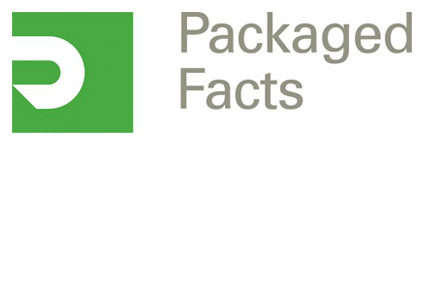A perfect storm of cultural, culinary and demographic trends has led to a stubborn weakness in the breakfast cereal market. As all-day snacking replaces sit-down meals for on-the-go Americans, an increasing number of consumers treat breakfast as an on-the-run, away-from-home eating occasion rather than an at-home, sit-down meal. Many Americans are increasingly turning away from breakfast cereal and embracing alternatives such as cereal bars, bagels and yogurt, according to market research publisher Packaged Facts.
In an effort to get their beleaguered businesses back on track, the major marketers of breakfast cereal—Kellogg Company, General Mills and Post Foods—have intensified their efforts to return cereal to the breakfast table at home and expand its presence at breakfast occasions away from home. One tack they have taken is to follow in the footsteps of smaller marketers of breakfast cereals. These niche players continue to generate excitement and raise the bar for major marketers with a wide range of innovative and healthy-ingredient cereals.
Cold and Hot Breakfast Cereals in the U.S., a Packaged Facts report, shows how major marketers of breakfast cereals are picking up the challenge from smaller marketers by making their products more attractive to health-conscious consumers, a move that is particularly vital to capturing the growing number of aging Boomers. However, data from Packaged Facts' January/February 2014 consumer survey highlighted in the report suggest that marketers may encounter unexpected behavior on the part of breakfast cereal buyers with healthy eating on their minds.
For example, women have traditionally been a prime target for breakfast cereal marketers because of their influence on what their families eat and their perceived concern about providing healthy foods for their children as well as themselves. Yet, one potentially surprising finding of the Packaged Facts survey is that when deciding which cereal to buy men are more likely than women to be mindful of healthy ingredients such as high fiber and high protein. Men also are more concerned about whether the breakfast cereal they purchase is vitamin-fortified or non- or low-fat.
The Packaged Facts survey also uncovered some intriguing consumer reactions to the "free-from" culinary trend that has begun to heavily influence the breakfast cereal category along with other segments of the packaged food industry. Based on the perceived expectations of healthy-eating consumers, breakfast cereal marketers have begun to define "good-for-you" as "not including ingredients that are bad for you," such as gluten and genetically modified organisms (GMOs). Consequently, major marketers of breakfast cereal have set out to offer some of their flagship brands in non-GMO varieties.
Paradoxically, however, these efforts may not necessarily result in a direct and noticeable impact on retail sales, although they may have a broad positive impact on consumers' perceptions of corporate images and brands. Packaged Facts survey data show that when buying a cold breakfast cereal only a tiny percentage of cereal purchasers assign a high level of importance to whether the product is non-GMO or gluten-free. A much higher percentage of cereal buyers are impressed by more traditional healthy-ingredient claims such as no/low sugar, vitamin-fortified, high protein, low calorie and low sodium.
Cold and Hot Breakfast Cereals in the U.S. analyzes the U.S. market for cold, or ready-to-eat, breakfast cereal and hot breakfast cereal. The report highlights trends shaping the market; identifies key opportunities available for companies active in the market for breakfast cereals; provides an estimate of U.S. retail sales of cold and hot breakfast cereals for the 2008 through 2013 and a projection of U.S. retail sales through 2018; analyzes the strategies of major competitors in the market; identifies marketing and new product trends; and provides an in-depth look at the tastes and preferences of today's cereal consumers.
Discover more information about the report.
